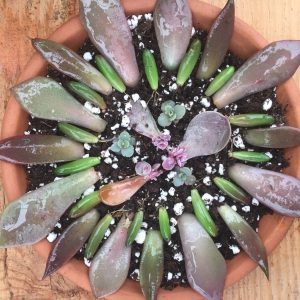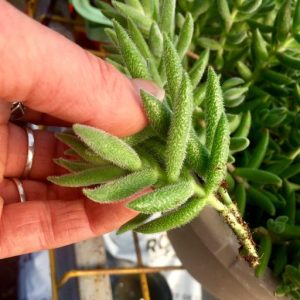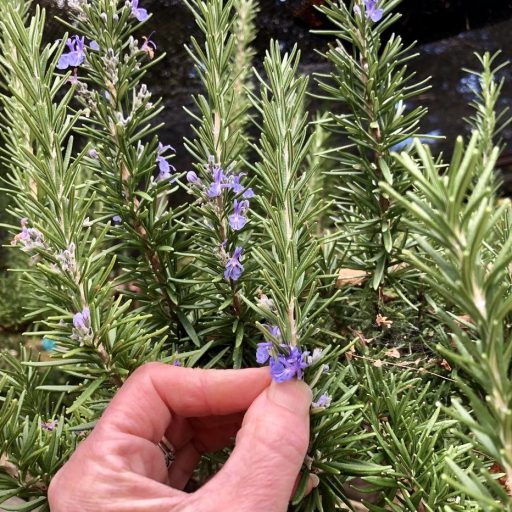
Plant Care
We highly recommend isolating any new plants that you bring home for about 14 days, in order to observe if there are any pests or diseases.
We do not use any pesticides unless there is a major threat to our beloved plants.
By practice, we rely on supporting the overall health of the plant by giving them lots of love and by the physical removal of any pests that we may find on our plants, either by hand or with a nice shower of water.
If we find ourselves in the situation of needing to treat our plants with some sort of intervention, we will choose Neem Oil, Agricultural Grade Hydrogen Peroxide or in the worst case scenario, we have chosen to utilize a pyrethrin based product.
Pyrethrin-based insecticides are a class of organic insecticides derived from natural substances found in a single species of flower in the Chrysanthemum genus (C. cinerariifolium), also known as Dalmatian daisy or pyrethrin daisy.
Read more about pyrethrin: https://www.thespruce.com/pyrethrin-insecticide-definition-1902891
Many botanical growers use a ton of pesticides! And even then, there is a risk of an outbreak of some sort shortly after bringing home new plants.
We value your trust and support as we work cooperatively with Mother Nature to offer you the highest quality agricultural products grown with LOVE!


Remember your succulents like the soil to dry out between watering and like LOTS of indirect sunlight
